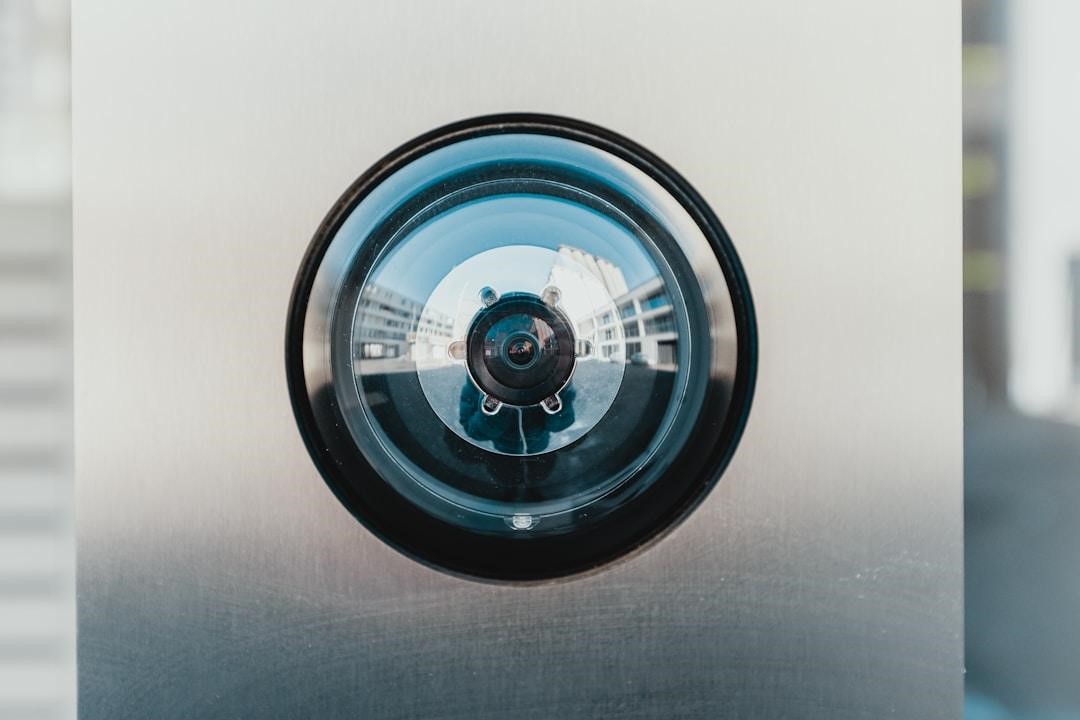The evolution of digital media has necessitated the development of various techniques to manage file sizes without compromising quality.
Two such techniques that have become industry standards in video compression are intraframe vs interframe compression. Grasping how each method impacts video quality and storage is essential in making informed decisions.
In this article, we will demystify the differences and applications of these two compression types such as intraframe and interframe.
Understanding Intraframe Compression: The Basics and Importance

Intraframe compression involves reducing file size by removing redundant information within a single frame of video. This method analyzes the frame in isolation, effectively treating each frame as a static image.
By focusing on individual pictures, intraframe compression is particularly effective in scenarios where each frame contains a significant amount of unique information.
The technique is akin to how JPEG images are compressed, where unnecessary data that isn’t perceivable to the human eye is discarded. This results in significant savings in space, which is why intraframe compression is highly valued in settings requiring high image quality and detail, such as professional photography and graphic design. Despite its efficiency, it has downsides, particularly in videos with a lot of motion.
One of the notable advantages of intraframe compression is its simplicity in editing. Since each frame is independent, editors can cut, trim, and modify frames without worrying about affecting others.
This contrasts with interframe methods, where changes can have implications on subsequent frames. Moreover, because intraframe compression doesn’t rely on other frames, it provides resilience to errors and corruption—if one frame is damaged, it will typically not affect the rest of the video.
Diving Into Interframe Compression: How It Works and When It’s Used
Interframe compression, on the other hand, operates on the principle of difference coding. It compares consecutive frames and encodes only the changes from one frame to the next, rather than looking at each frame in isolation.
This method can significantly reduce the amount of data because many times the majority of the picture remains static from one frame to the next.
Keyframes, or I-frames, are still encoded using intraframe compression, but the frames between these key frames—known as P-frames and B-frames—are encoded based on their differences from other frames.
P-frames refer to ‘predicted’ frames based on preceding frames, while B-frames are ‘bidirectional’ and use both previous and following frames to determine their content. This efficient way of storing information drastically cuts down on file size and is widely used in video streaming and broadcasting.
Interframe compressions’ efficiency is most evident in videos where long sequences show minimal changes, such as security footage or video conferences. The technique excels here by not redundantly storing the unchanging background, instead focusing on the new information with each subsequent frame.
However, if there’s too much motion in a video, or if the video is edited frequently, some quality may be lost due to the reliance on other frames for reference.
Key Differences Between Intraframe and Interframe Compression

Understanding the differences between intraframe and interframe compression is key to selecting an appropriate method for a given use case.
Intraframe compression is generally preferred when high quality and editability are priorities, as it preserves details within each frame. Interframe compression offers smaller file sizes by taking advantage of the similarities between frames, which makes it ideal for streaming or storing long videos with less dynamic scenes.
The compression technique choice can affect the ability to quickly scrub through a video timeline. With intraframe compression, editors can effortlessly jump to any part of the video since each frame is a standalone image.
In contrast, interframe compression may require additional processing to reconstruct the frames that depend on others, which can slow down the process of seeking through video.
Error resilience is another area where these two methods differ. In intraframe compression, corruption or loss of a frame does not generally impact neighboring frames.
Meanwhile, an error in a P-frame or B-frame in interframe compression can lead to noticeable artifacts, as multiple frames may depend on the corrupted data. This makes intraframe compression a safer bet for critical applications where frame integrity is paramount.
Overall, the choice between intraframe and interframe compression carries significant implications for video quality, file size, and the overall viewer experience. By understanding the strengths and limitations of each method, creators and distributors can tailor their use of digital media to achieve the best possible quality and efficiency.
Read Also:
- How Can Video Marketing Be Used To Boost Client Engagement?
- 7 Marketing Strategies For Video Production Company in 2024
- Top 10 Tips To Create An Excellent Video















